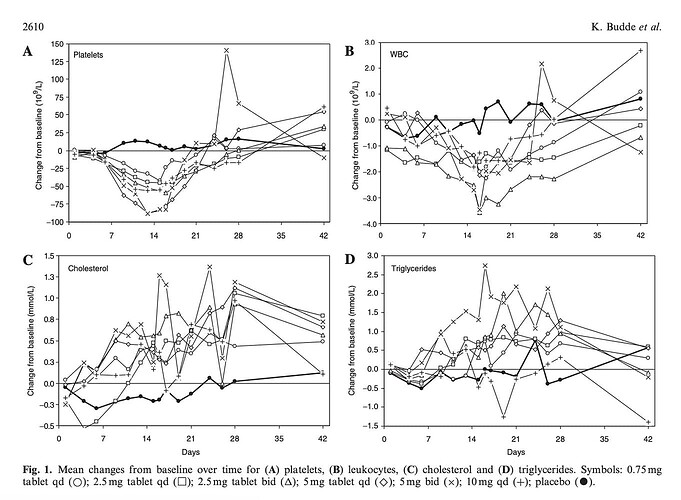There is a basic problem with diets. Can you stay on the diet?
If you don’t like the diet, you probably won’t stay on it very long.
There are some basic problems because of cultural differences.
I am of northern European descent. I was born in 1941 during WWII.
I won’t bother you with details, but we ate a lot of deer, pheasant, duck, and a few other wild game types, so I was raised as a carnivore. Fresh vegetables were in short supply and we mostly ate canned vegetables.
The Okinawan diet may be great, but is not one I could enjoy.
Foods I don’t particularly like:
Salmon and most fish
Salads
Vegetables.
Fortunately or unfortunately this is the diet I can live with.
I mostly eat:
Chicken, beef, and shrimp
Broccoli, carrots, asparagus
Pineapple, cantaloupe
Lactaid whole milk,
Oat bran meal, with walnuts and blueberries (I eat a lot of blueberries and walnuts)
Protein shakes
Dark chocolate
Lots of coffee
Of course, there are other foods, but in small quantities.
Foods I would love to eat but don’t, except during the holiday, season, birthday parties, etc:
Cheesecake, ice cream, pies, croissants, freshly, baked bread, blueberry muffins, etc.
So, I use supplements to try to compensate for my dietary shortcomings
I have enjoyed a healthy life so far and have never spent a night in a hospital, I was born in a farmhouse, so not even then.
